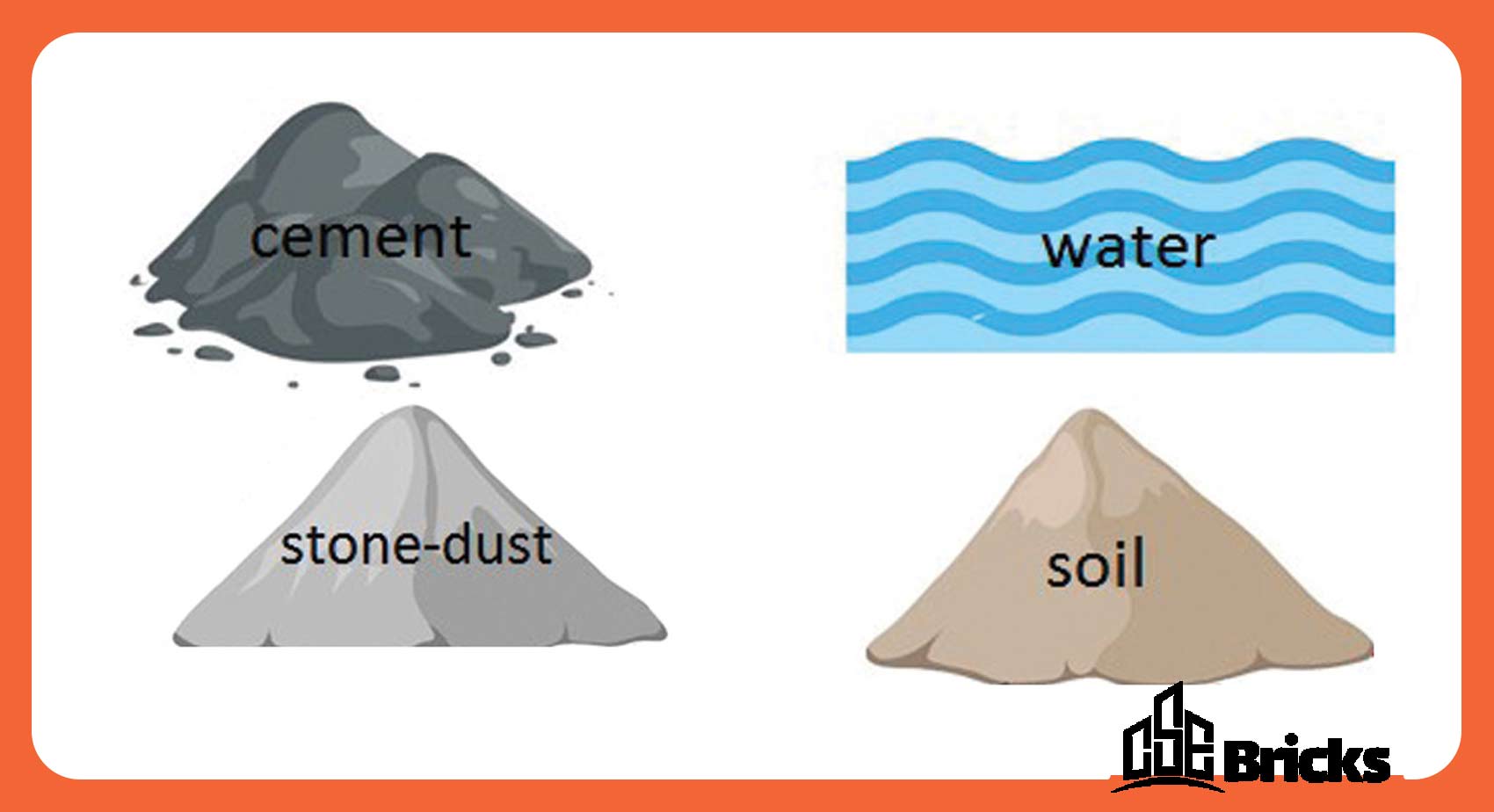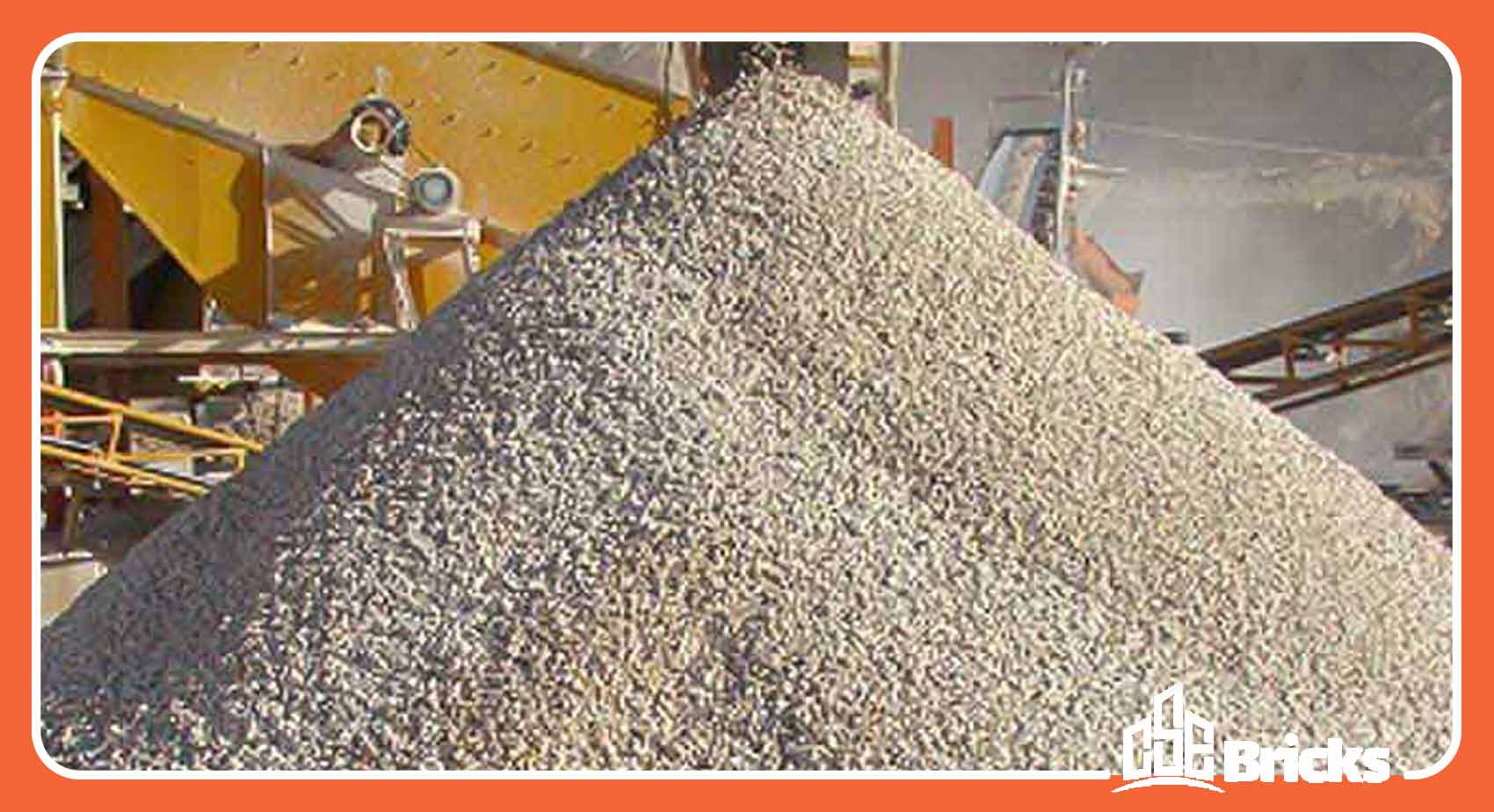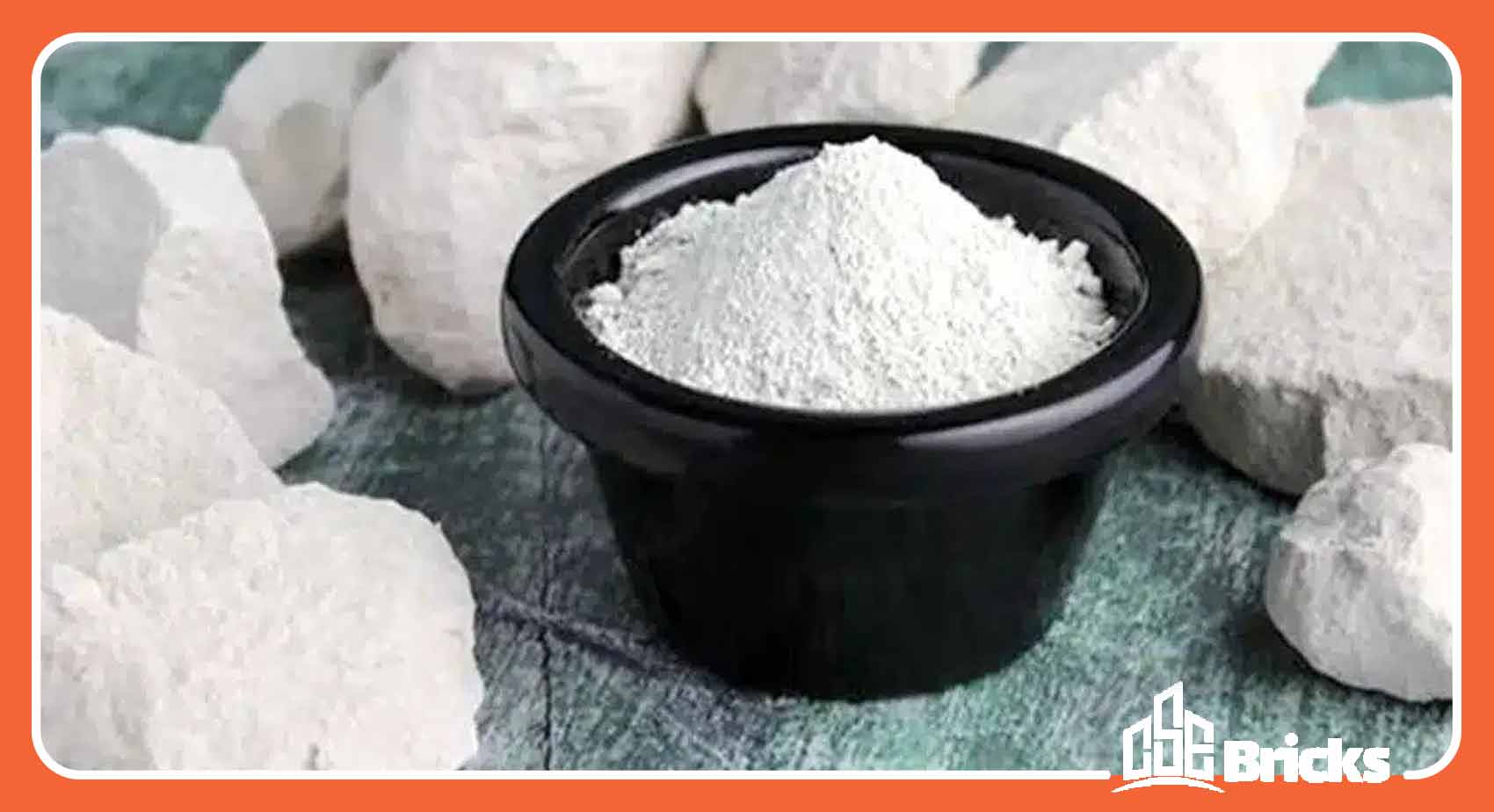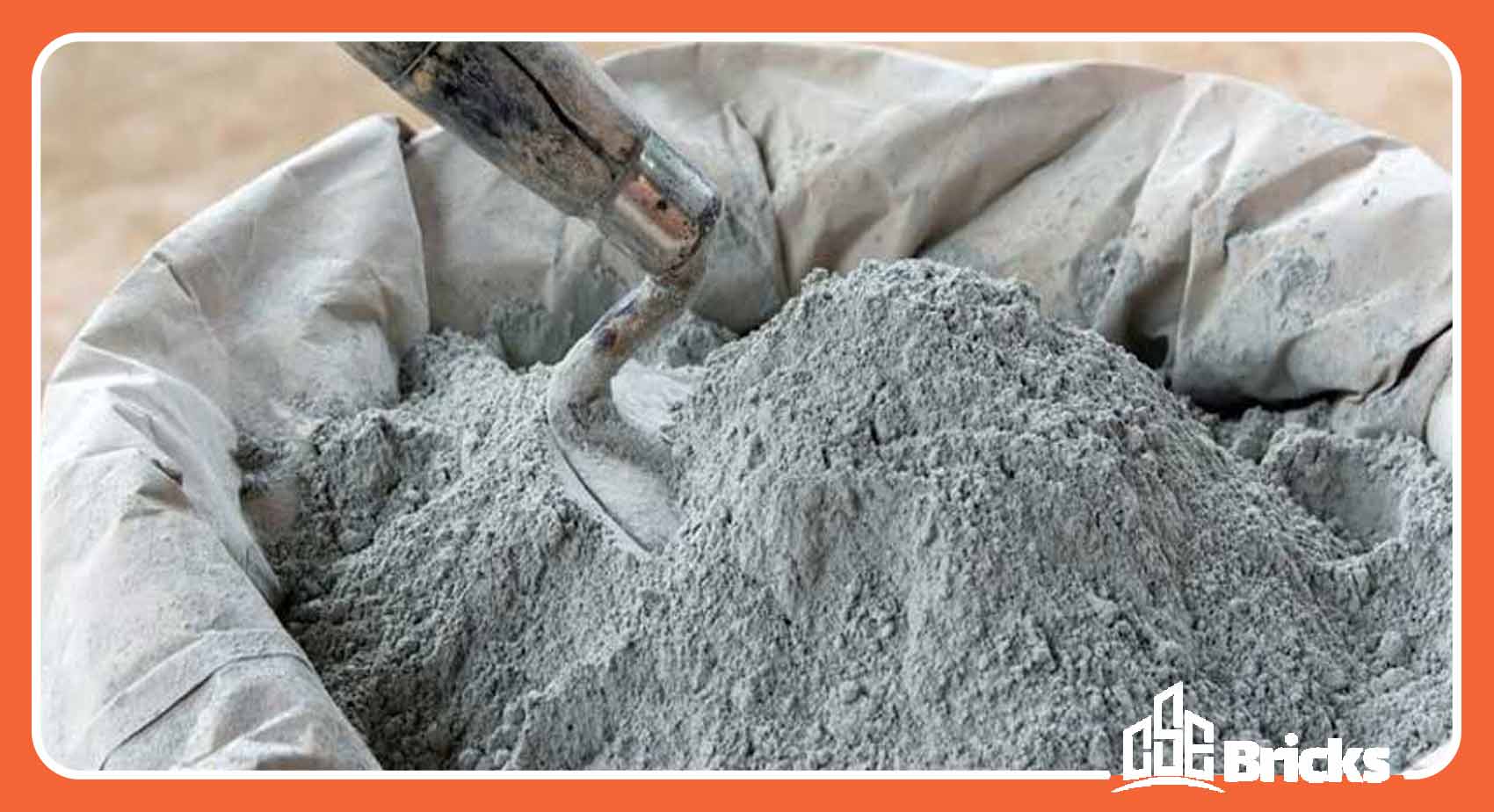المدونة
المواد الخام للطوب اللیغو

المواد الخام للطوب اللیغو
المواد الخام للطوب اللیغو
Lego bricks, also known as interlocking bricks, are a type of building material that has become extremely popular in recent constructions, attracting the attention of manufacturers and entrepreneurs. In this article, we will introduce and examine the raw materials of interlocking bricks, which are important for both manufacturers and consumers to know about.
?What is an Interlocking Brick
الطوب اللیغو have protrusions and recesses that allow them to fit together, which is the reason they are named “interlocking.” The production and use of these bricks are profitable for both manufacturers and consumers. For manufacturers, producing these bricks is cost-effective due to the availability and affordability of raw materials, as well as the high demand in today’s market.
For builders, the ease of construction and the reduced need for materials and mortar lower the costs. However, the benefits for consumers go beyond cost savings. For instance, the raw materials used in interlocking bricks make them much stronger than regular bricks, giving them high resistance to earthquakes and heavy pressure. Additionally, these bricks act as thermal and sound insulators. “Read more about the other advantages of interlocking bricks in the related article.”
?What are the Raw Materials for Interlocking Bricks
Interlocking bricks can be produced with various compositions and percentages, which is an incredible advantage of this unique brick. Interlocking bricks can include raw materials such as lime soil, :sand, different types of soil, perlite, fine and coarse mineral grains, calcium carbonate, and more. Below, we examine the general standard for the percentage composition of interlocking bricks
- Soil or mining residues (70%)
- Stone powder (20%)
- Cement (10%)
- Dye powder
- ماء
Soil and Mining Residues (The Main Components of Interlocking Bricks)
The primary raw materials for interlocking bricks are soil and mining residues, which can include waste from sand and gravel mines or various types of soil mines. Additionally, waste from stone cutting and artificial stone factories, construction debris, and waste from brick manufacturing factories are also suitable options for producing interlocking bricks. The percentage of these materials can vary from 70% to 80%, depending on the needs.
-
Stone Powder
Stone powder is one of the raw materials for interlocking bricks, which increases the strength and durability of the brick. The stone powder should be added to your mixture depending on the residue used to make the brick. For example, if you are using waste from stone cutting or artificial stone factories, you do not need stone powder. However, if you are using clay or residues from sand and gravel mines, it is advisable to add stone powder at a ratio of 20% for increased brick strength.
-
Cement
Another material used in the production of interlocking bricks is cement, which is mixed with other materials at a ratio of 10% to 20%, depending on the type of brick produced. For example, for producing paving stones, it is better to use a higher percentage of cement.
-
Dye Powder
If you want to produce colored bricks, you can add dye powder. Bricks produced with dye powder are used in building facades and paving areas. The dye powder can be chemical or mineral pigments. (It is recommended to refer to the related post for information on different types of طوب الواجهات.)
-
ماء
You need to add water to the above materials in the required amount for mixing.
Final Word
As we have learned, the raw materials for interlocking bricks are sourced from waste or residues that, if left in nature, can cause environmental harm. Therefore, manufacturers do a great service to the environment by using these materials, turning them into earthquake-resistant building materials.





